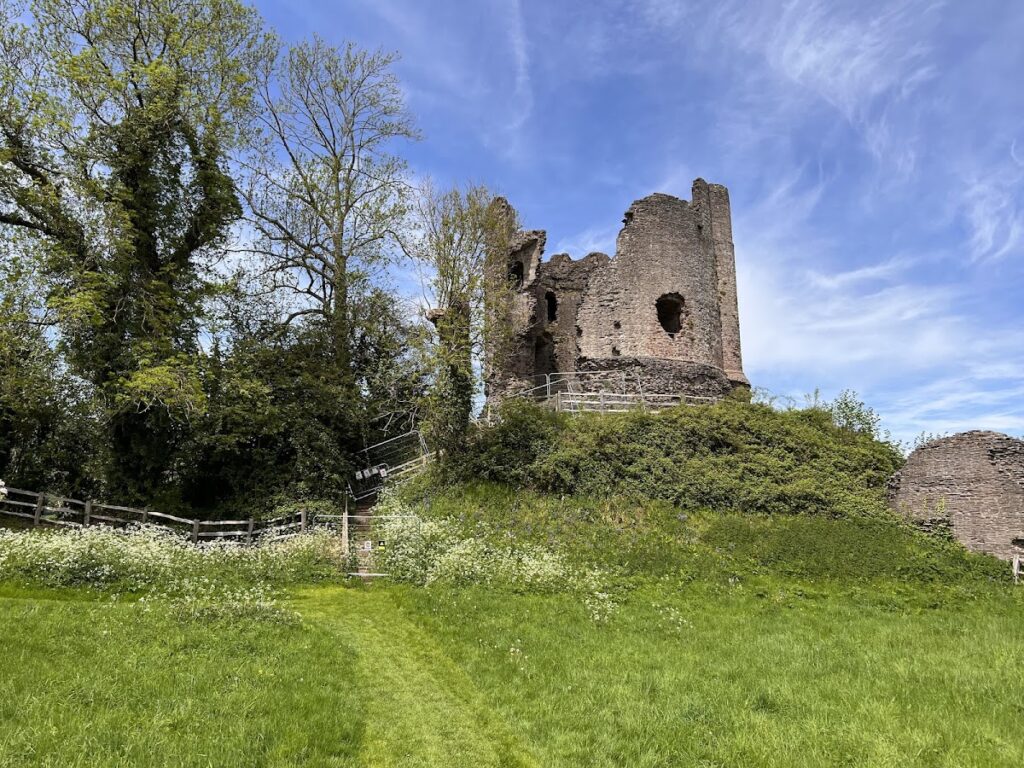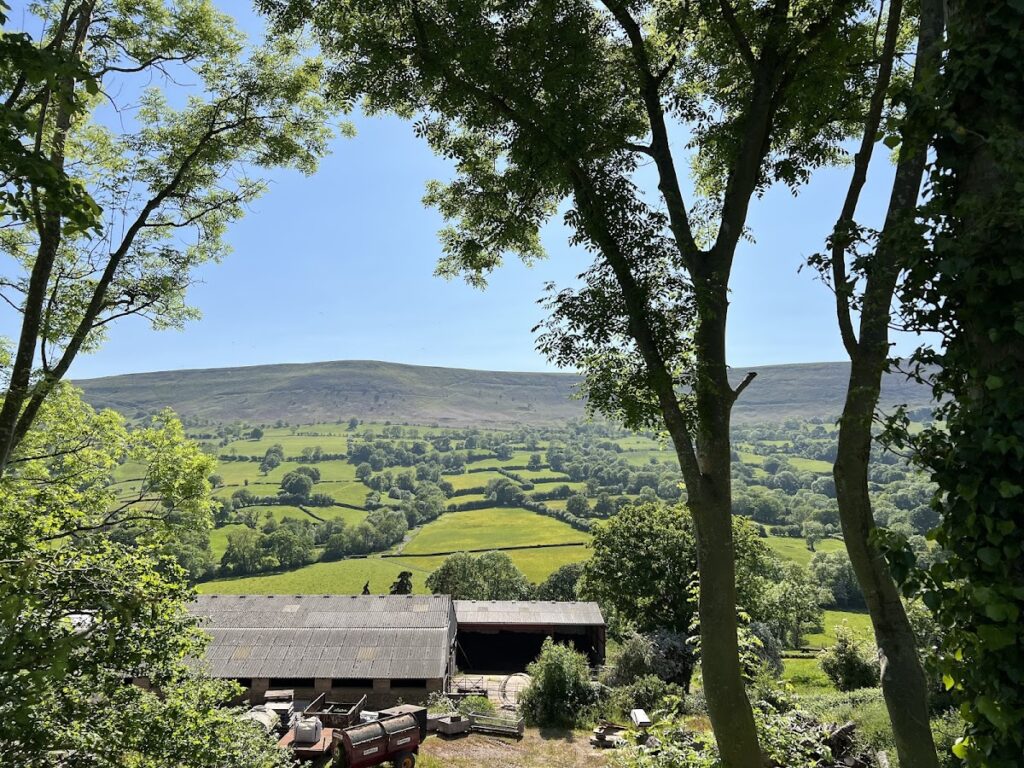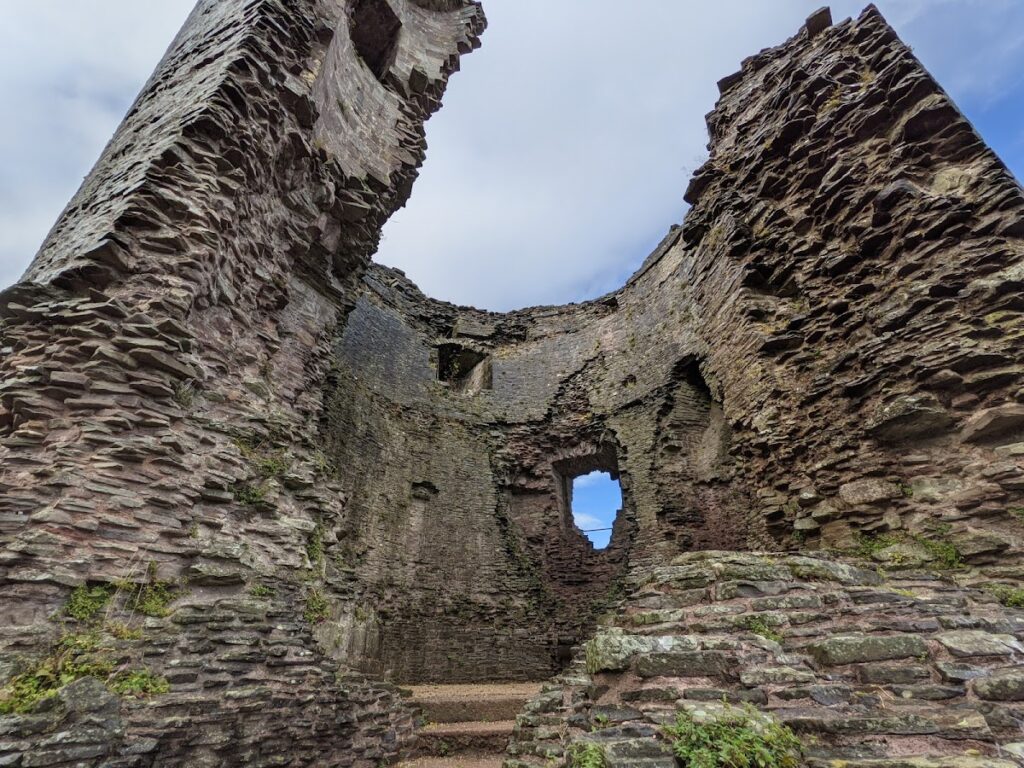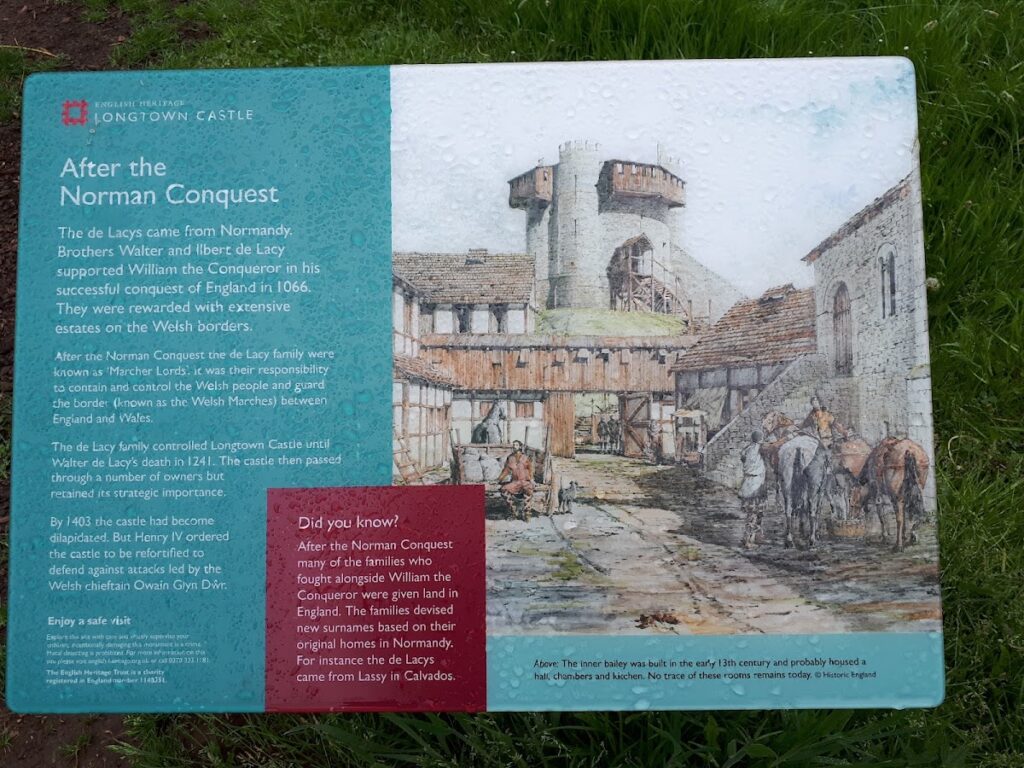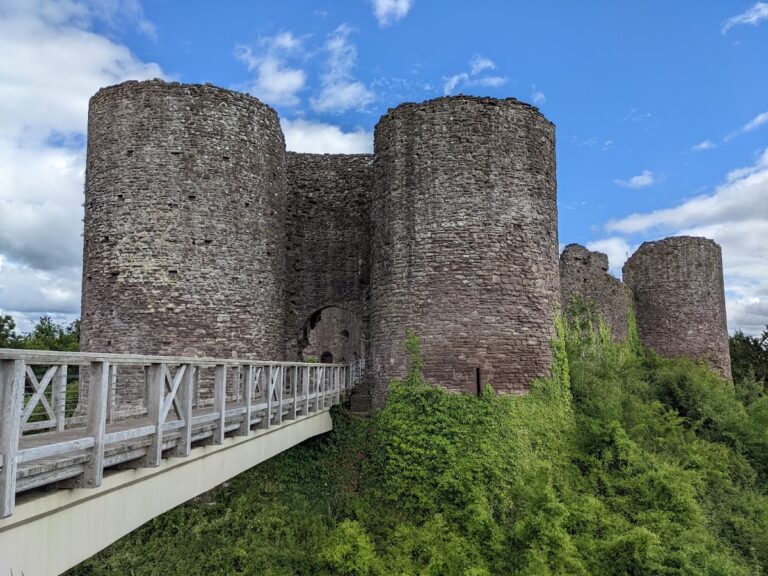Longtown Castle: A Norman Motte-and-Bailey Fortress in Herefordshire, England
Visitor Information
Google Rating: 4.4
Popularity: Low
Google Maps: View on Google Maps
Official Website: www.english-heritage.org.uk
Country: United Kingdom
Civilization: Unclassified
Remains: Military
History
Longtown Castle stands in the town of Longtown, Herefordshire, England, and was originally established by the Normans following their conquest of England. Built on the site of an earlier Roman military fortification near the River Monnow, it occupied a strategic position guarding a river crossing and important transport routes.
Founded in the 11th century by Walter de Lacy, the castle began as a wooden motte-and-bailey structure, replacing a previous fortification at Pont Hendre. This early phase of construction served to consolidate Norman control along this volatile frontier with Wales. In the mid-12th century, Gilbert de Lacy undertook a substantial rebuilding of the castle in stone, financing the work by founding a neighboring borough to support the castle economically and socially. This reconstruction included a prominent circular stone keep with strong defensive walls and turrets, reflecting architectural traits common to castles in the Welsh Marches.
Ownership of Longtown Castle passed through multiple noble families over the centuries, including the de Lacys, John Fitzgeoffrey, the de Verduns, Bartholomew Burghersh, the Despensers, Beauchamps, and eventually the Nevilles. These changes reflect the region’s turbulent political landscape marked by Anglo-Welsh conflict and shifting alliances in the medieval period. The castle continued to serve as a garrison into the early 14th century, with records indicating a complement of 30 men in 1317.
By the late 14th century, Longtown Castle’s military importance had diminished. It saw a temporary revival in 1403 during the Owain Glyndŵr uprising when it was refortified to counter the Welsh rebellion. However, following this episode, the castle gradually fell into disuse and ruin. The town that grew up around the castle also suffered decline after the Black Death pandemic, losing its prominence as a trading center by the 16th century.
During the English Civil War in the mid-17th century, local tradition and the discovery of cannonballs on the site suggest that the castle may have been deliberately damaged, or ‘slighted,’ to prevent its military reuse. Over subsequent centuries, stones from the castle were repurposed in the construction of nearby buildings. Various domestic and community structures—including a house, shop, gallows, school, and a building known as Castle Lodge—were erected within the castle grounds, incorporating parts of the original fabric.
In the 20th century, the Ministry of Works acquired Longtown Castle and conducted restoration efforts during the 1970s, removing many of the later buildings that had occupied the site. Today, the castle’s central ruins are preserved as a scheduled monument, with ongoing archaeological work supported by community projects initiated in 2016.
Remains
Longtown Castle occupies a raised earthwork known as a motte, approximately 10 meters high, surmounted by a stone keep. The castle’s defensive layout is notable for its rectangular bailey, roughly 125 by 110 meters, unusually divided into three separate areas: two baileys on the west side and one on the east. Each of these sections could be defended independently, collectively enclosing an area of about 1.21 hectares.
The initial 12th-century castle was primarily constructed in timber, but the 13th-century rebuilding incorporated substantial stonework, including sandstone rubble and ashlar—finely cut stone used for detailing. Most prominent among the surviving structures is the circular stone keep or great tower. Its walls are remarkably thick, measuring between four and five meters, and it features three evenly spaced turrets. The keep’s design includes a hall situated on the first floor, but its foundations are shallower than is typical for such a massive stone structure.
On the western side of the inner bailey stands a gatehouse built of stone, distinguished by two small turrets and evidence of a portcullis, a heavy vertically sliding gate used for defense. Surrounding the inner western bailey is a curtain wall of stone between two and three meters thick, providing a formidable barrier. Beyond this, an additional stone wall encloses the outer western bailey, extending the defensive perimeter.
Outside the main castle walls, two further earthwork circuits lie to the north and south. These embankments likely supported wooden palisades and served to enclose the early settlement of Longtown associated with the castle.
Within the inner western bailey, archaeologists have identified the remains of the great hall and service buildings essential for the castle’s function. Over later centuries, various other structures were built against or within the castle’s fabric, including a house, shop, schooling facility, a gallows, and Castle Lodge. Some of these later buildings were lean-to constructions attached directly to the existing walls.
Today, the preserved ruins include the stone keep, the inner gatehouse, and fragments of the curtain wall. These remains have been stabilized and maintained to prevent further decay. The extensive earthworks around the castle survive on surrounding common land, marking the boundaries of Longtown’s early development. Local traditions recount episodes such as cannonball firing during the English Civil War, linking the site’s physical remains to its layered history.
